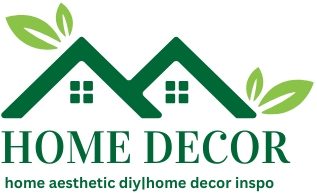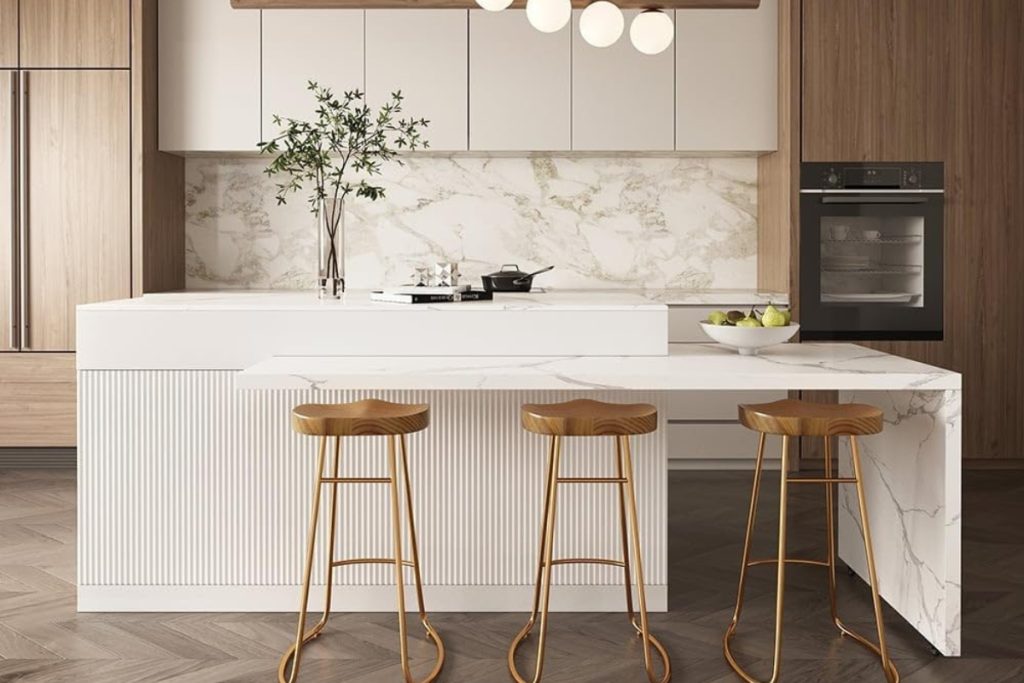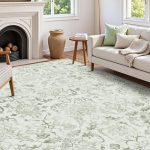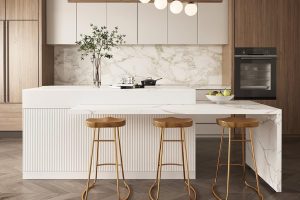
Looking to upgrade your kitchen with sustainability in mind? Discover the top 10 eco-friendly kitchen cabinet styles of 2025, from sleek island layouts to minimalist wall-mounted designs. We cover materials like FSC-certified wood, bamboo, recycled plywood, and low-VOC finishes—perfect for blending beauty, durability, and environmental responsibility in your next remodel.
1. Reclaimed Wood Cabinets
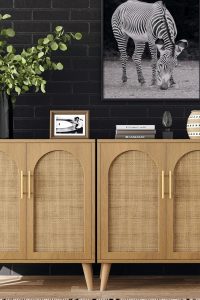
Rustic charm meets sustainability. Reclaimed oak, maple, or pine gives new life to old timber while reducing the need for virgin materials. Ideal for both island and wall-mount designs, they bring texture and history to modern kitchens.
2. Bamboo Flat-Panel Cabinets
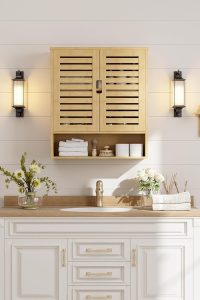
Bamboo is rapidly renewable, durable, and perfect for clean-lined, contemporary cabinet fronts. It resists moisture and adds warm tones to minimalist kitchens—especially effective in floating wall units.
3. FSC-Certified Solid Wood Cabinets
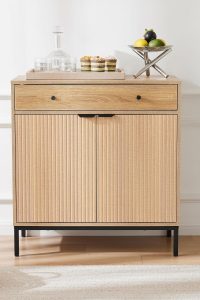
Choose cabinets built from responsibly harvested wood like walnut, cherry, or birch. FSC certification ensures environmental and social sustainability. Paired with natural finishes, they create timeless kitchen islands and uppers.
4. Plywood with Exposed Edges
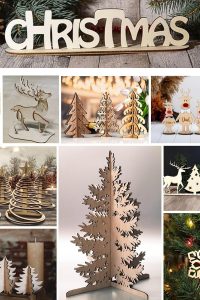
Plywood is affordable, durable, and—when FSC-certified—eco-conscious. Use exposed-edge plywood for modern kitchens with a Scandinavian vibe. Best used in floating wall cabinets or budget-friendly islands.
5. Low-VOC Painted Cabinets
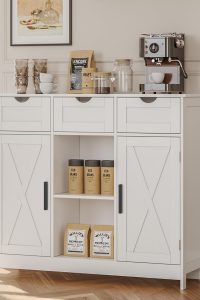
Cabinets finished with water-based or low-VOC paints protect indoor air quality. Popular in black, cream, or sage green, they match both classic and modern styles while keeping your kitchen toxin-free.
6. Recycled Wood Veneer Cabinets
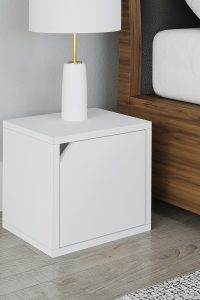
These use a particleboard or MDF core topped with a veneer made from recycled wood shavings—less waste, lower emissions. They offer consistent grain patterns ideal for sleek, uniform kitchen styles.
7. Cork-Faced Cabinets
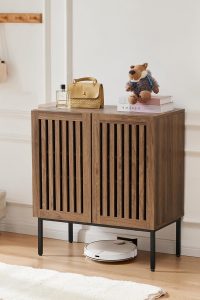
A trendsetter in 2025, cork-faced cabinetry offers warmth, sound absorption, and sustainability. It’s biodegradable, mold-resistant, and ideal for open shelving or accent cabinet doors.
8. Metal-Free Cabinets with Natural Joinery
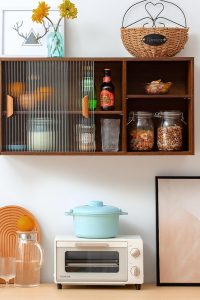
Ditch screws and nails. These cabinets rely on dovetail or mortise-and-tenon joints. The result: fewer materials, longer lifespan, and full recyclability—great for minimalist kitchens.
9. Modular Eco Cabinets
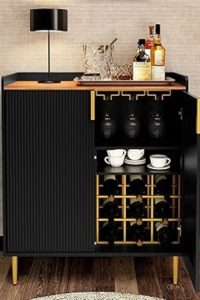
Made with replaceable parts and minimal adhesives, modular cabinets reduce waste and extend usability. Perfect for homeowners who want long-term adaptability and easier renovations.
10. Matte Black Eco-Cabinets with Natural Wood Accents
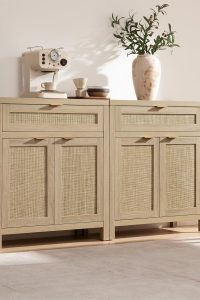
Black cabinets remain trendy in 2025, especially when paired with light wood. Use matte black finishes on bamboo or plywood, and accent with natural oak or birch for contrast. Adds depth without compromising sustainability.
🌿 Conclusion: Designing for a Greener Kitchen Future
The future of kitchen cabinetry is rooted in sustainability without sacrifice. In 2025, style meets environmental responsibility through smart material choices, non-toxic finishes, and modular design. Whether you’re drawn to the rustic charm of reclaimed wood, the sleek appeal of bamboo, or the affordability of FSC-certified plywood, there’s a green solution that fits your aesthetic.
By choosing eco-friendly kitchen cabinet styles, you’re not only upgrading your home—you’re contributing to a healthier planet. Ready to transform your kitchen? Start with what matters most: materials that are built to last and designed to protect the world around you.
